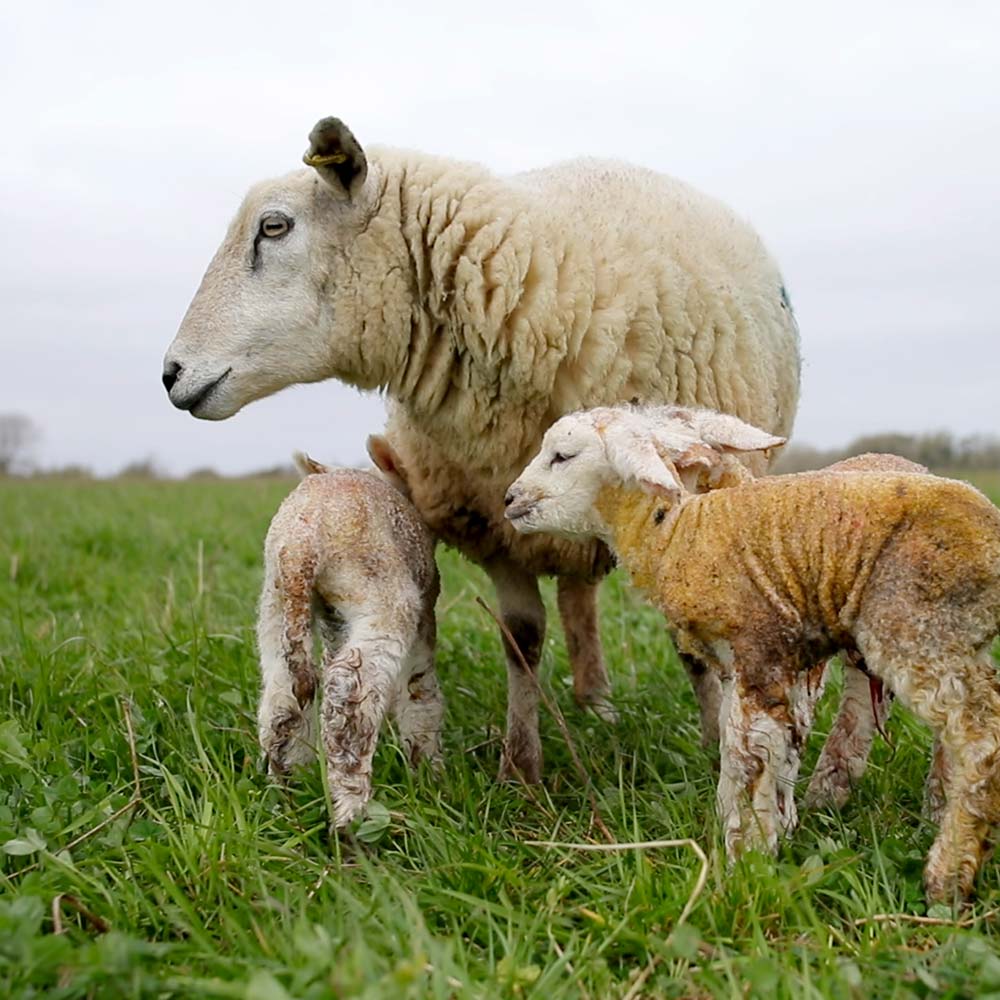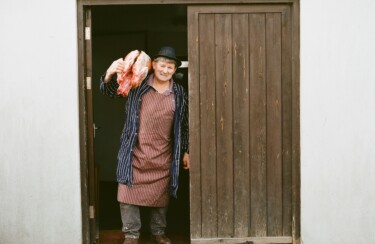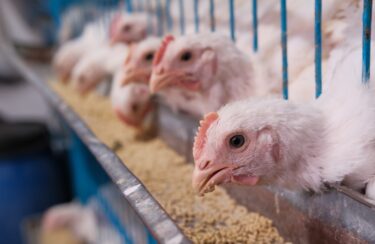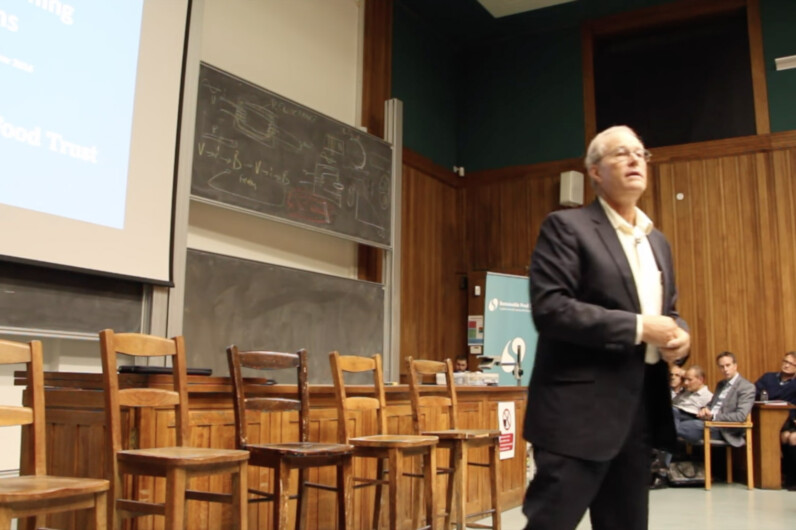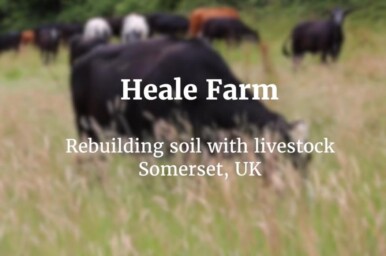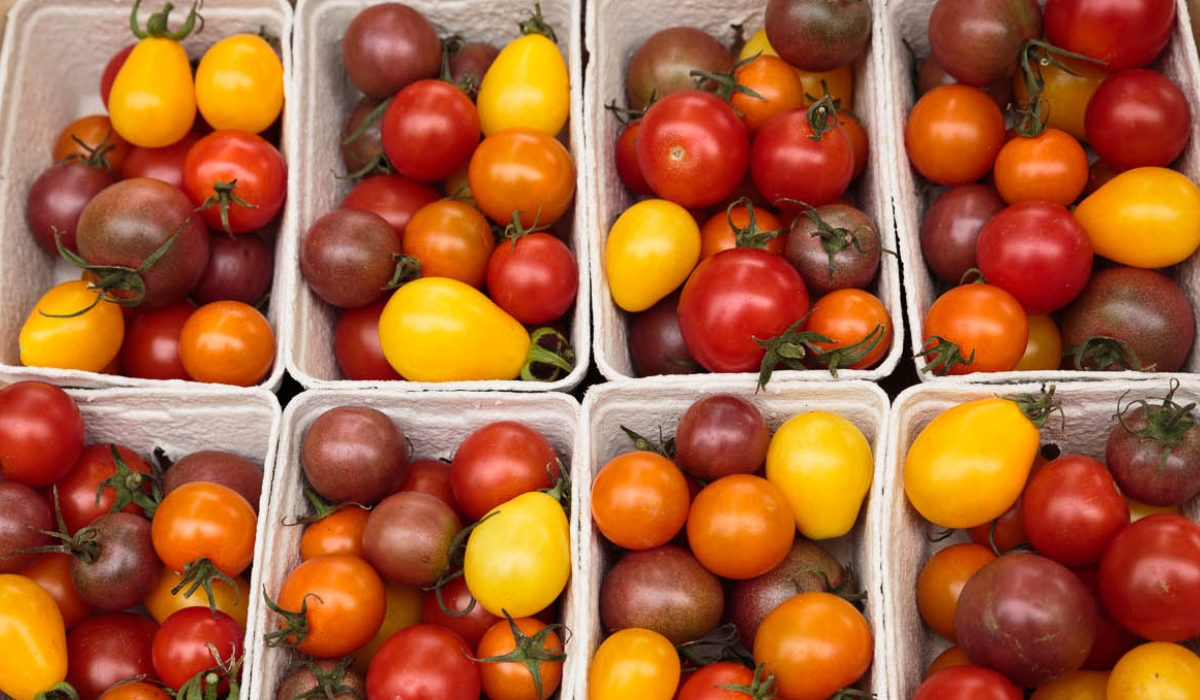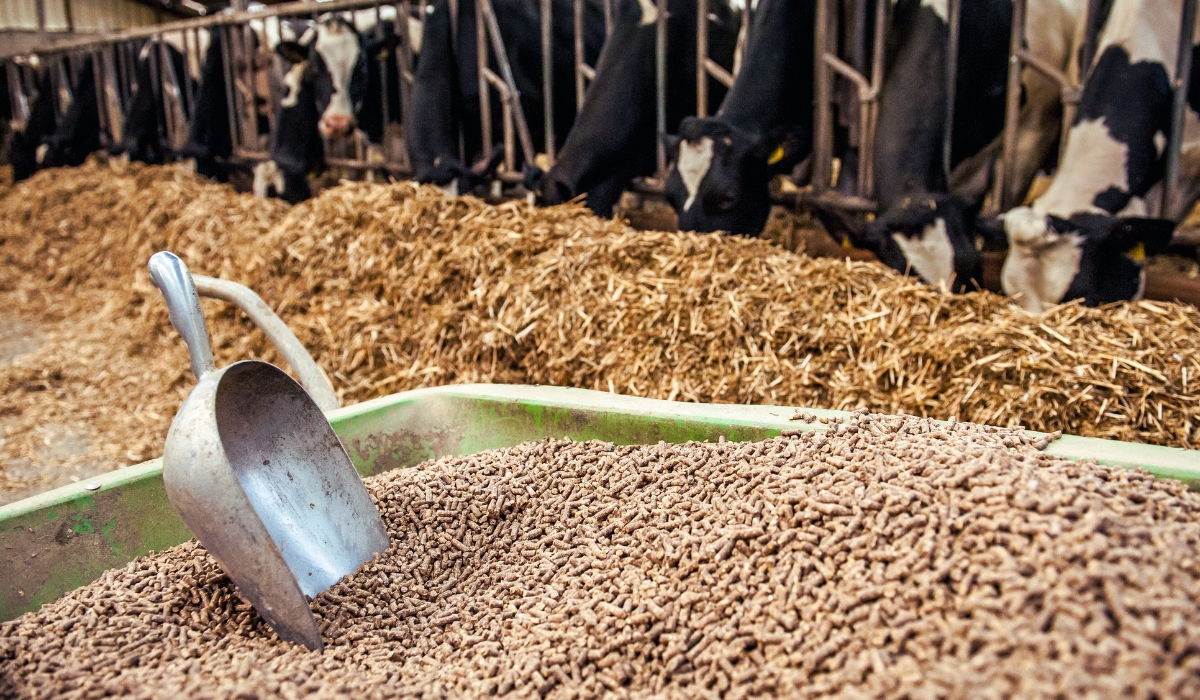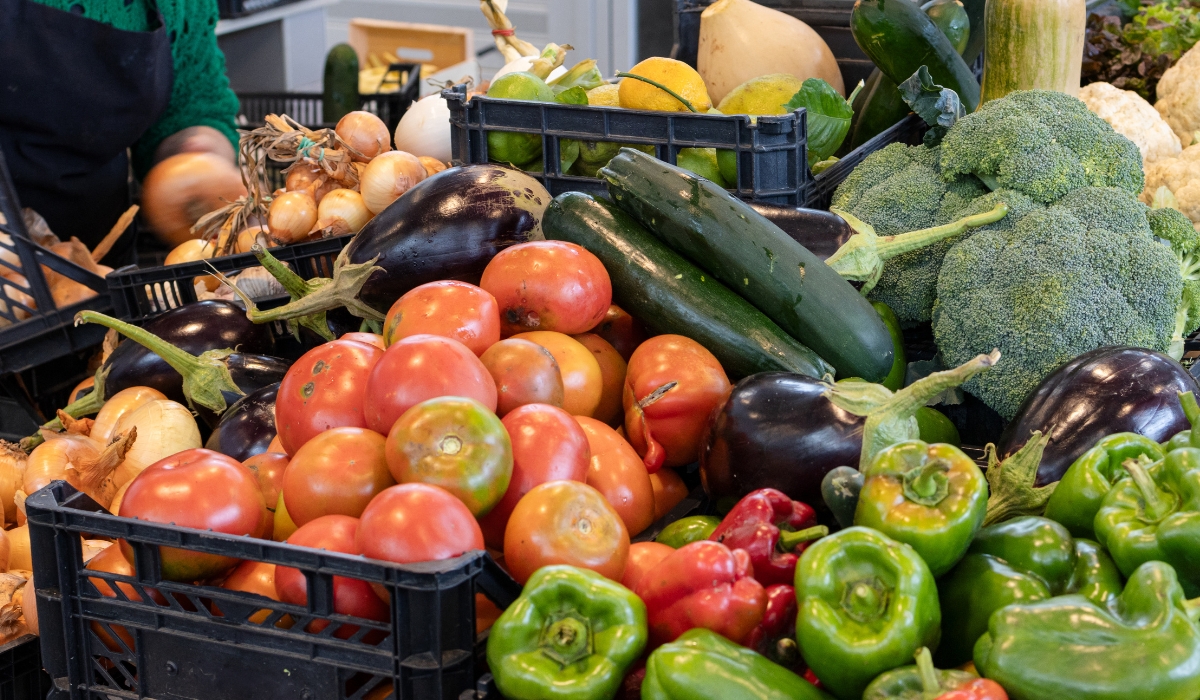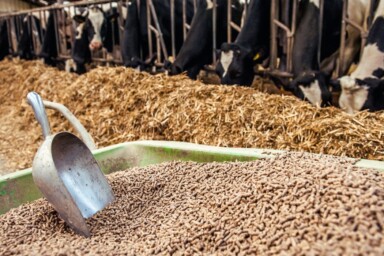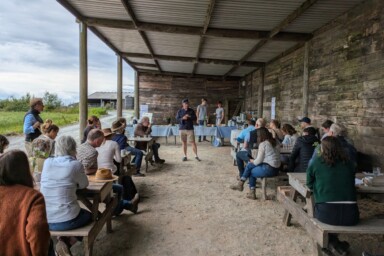Our major new report exploring the multiple benefits that grazing livestock could deliver as part of a UK food system transformation will be published soon.
The report presents the latest evidence, covering five key areas: mixed farming; carbon storage and sequestration; biodiversity; nutrition and food security; and social and cultural impacts. Based on this evidence, the authors of the report share their key recommendations for a successful transition to farming systems that benefit people and planet.
Sign up to the SFT newsletter to stay up-to-date with the latest.
Project overview
Livestock that primarily live on pasture are an essential part of sustainable farming systems. They provide nutrient dense meat and milk, as well as sustainable fibres such as wool, from the grass and legume plants that would be inedible to humans.
Livestock production has received a lot of criticism in recent years. People are rightly concerned about the devastating impact of industrial farming, with animals often housed in cramped conditions and fed largely on grain which contributes significantly to deforestation and climate change.
These farming systems must be phased out, which would see significant changes in our diets. We would shift away from intensively produced ‘cheap’ meat, particularly chicken and pork, and instead eat meat, such as beef and lamb, from mainly pasture-based systems, with occasional chicken and pork from much higher welfare systems.
In contrast to their industrial counterparts, these high welfare, pasture-based systems can:
- help to restore or maintain ecosystems;
- build natural soil fertility;
- provide habitats for biodiversity;
- maintain cherished landscapes;
- produce nutritious food from marginal land.
Continue reading
As consumers, we have an important role to play in using our buying power to encourage more ethical and sustainable livestock production. We therefore need to differentiate between livestock that are part of the problem (primarily intensively reared and grain-fed) and high welfare livestock systems that can be a vital part of the solution to many of the crises we face today, including climate change, biodiversity decline and poor public health.
Photos by Jason Taylor and Patrick Barbour
